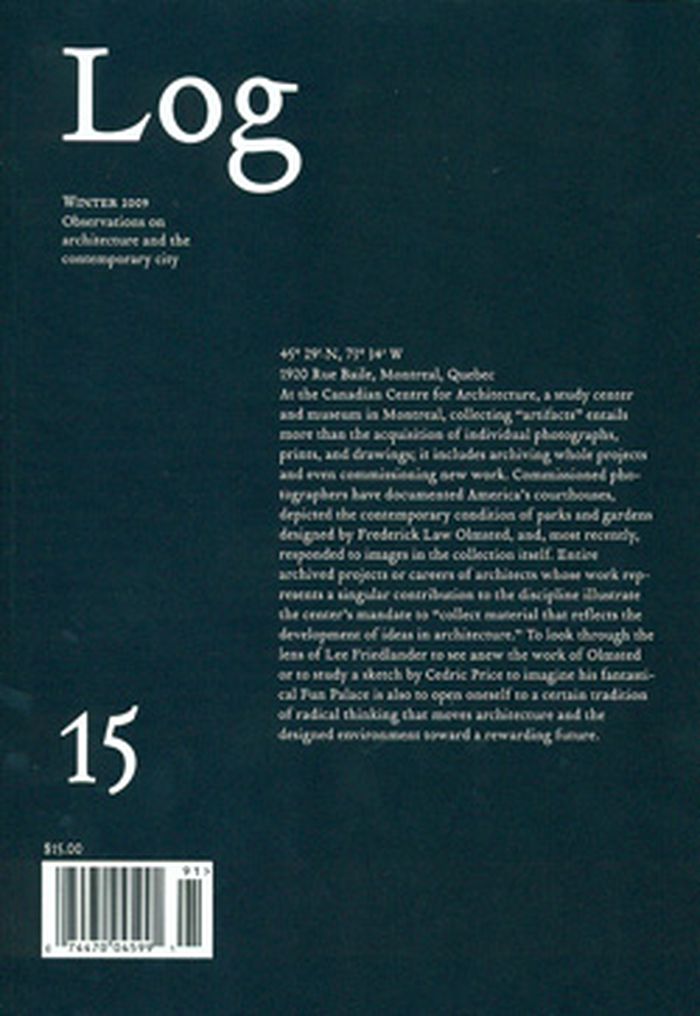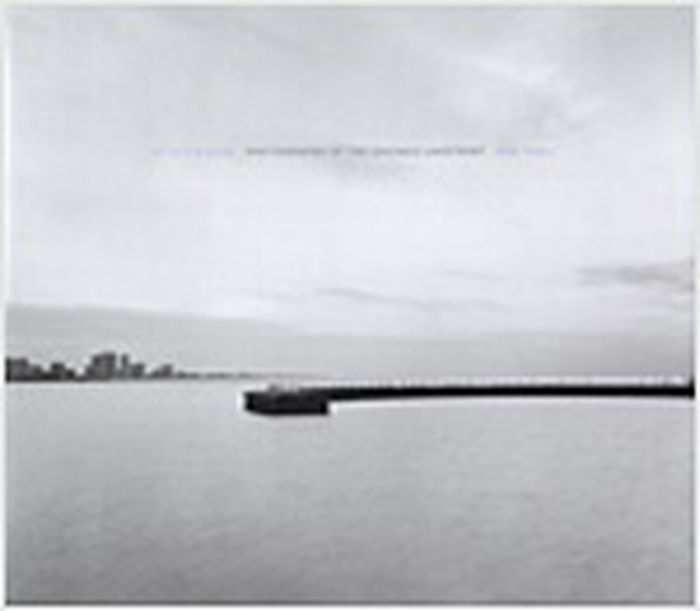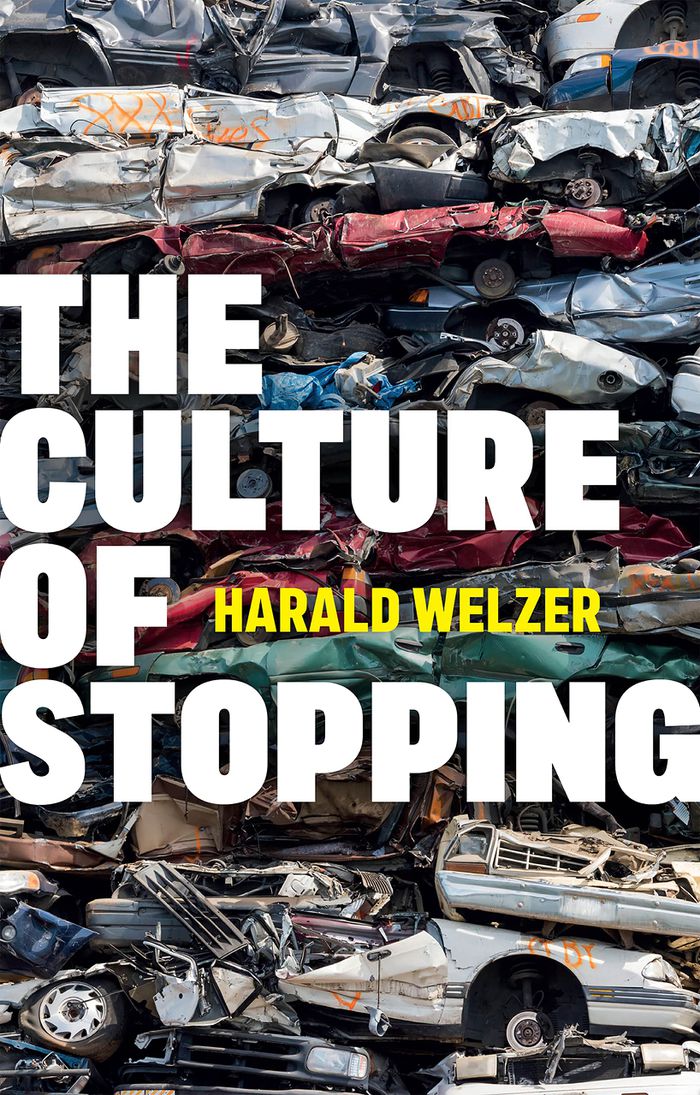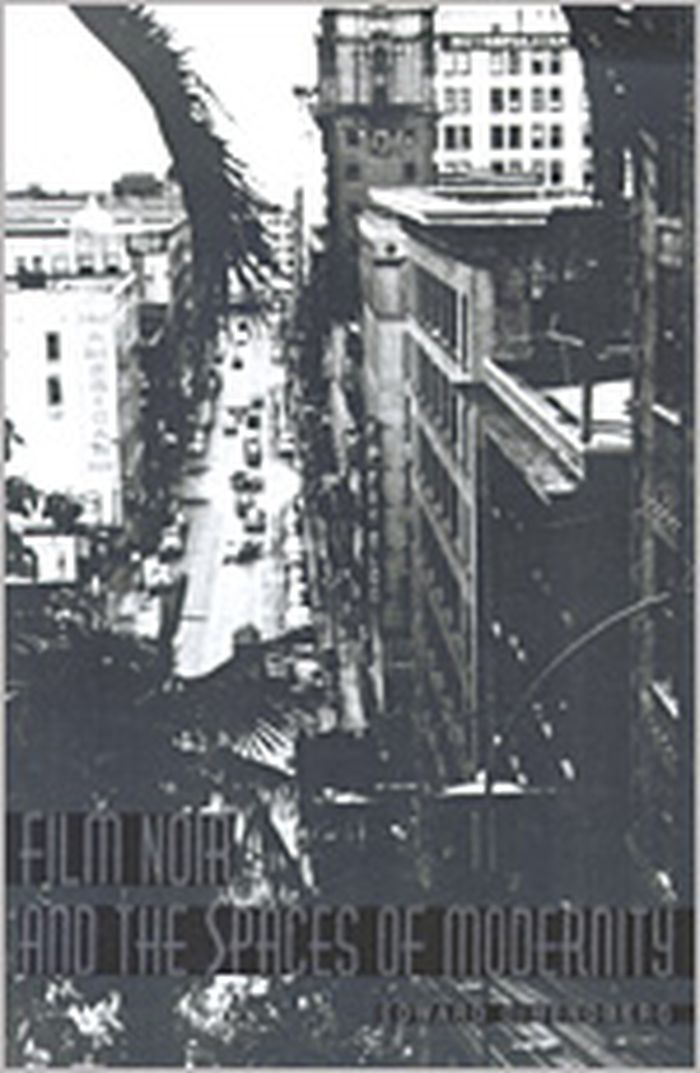livres
London Orbital
$20.00
(disponible sur commande)
Résumé:
Encircling London like a noose, the M25 is a road to nowhere, but when Iain Sinclair sets out to walk this asphalt loop - keeping within the 'acoustic footprints' - he is determined to find out where the journey will lead him. Stumbling upon converted asylums, industrial and retail parks, ring-fenced government institutions and lost villages, Sinclair discovers a Britain(...)
London Orbital
Actions:
Prix:
$20.00
(disponible sur commande)
Résumé:
Encircling London like a noose, the M25 is a road to nowhere, but when Iain Sinclair sets out to walk this asphalt loop - keeping within the 'acoustic footprints' - he is determined to find out where the journey will lead him. Stumbling upon converted asylums, industrial and retail parks, ring-fenced government institutions and lost villages, Sinclair discovers a Britain of the fringes, a landscape consumed by developers. London Orbital charts this extraordinary trek and round trip of the soul, revealing the country as you've never seen it before.
livres
avril 2009, New York
$15.00
(disponible en magasin)
Résumé:
Log 15 is a slice through the present, featuring the current work and thinking of some of today’s leading architectural historians and theorists: Barry Bergdoll, Mario Carpo, Jean-Louis Cohen, Beatriz Colomina, Hubert Damisch, Peter Eisenman, Kurt Forster, Mark Jarzombek, Irving Lavin, Sylvia Lavin, Mark Wigley, and Mirko Zardini. Assembled to honor Phyllis Lambert on her(...)
Revues
mars 2009, New York
Log 15, winter 2009: observations on architecture and the contemporary city
Actions:
Prix:
$15.00
(disponible en magasin)
Résumé:
Log 15 is a slice through the present, featuring the current work and thinking of some of today’s leading architectural historians and theorists: Barry Bergdoll, Mario Carpo, Jean-Louis Cohen, Beatriz Colomina, Hubert Damisch, Peter Eisenman, Kurt Forster, Mark Jarzombek, Irving Lavin, Sylvia Lavin, Mark Wigley, and Mirko Zardini. Assembled to honor Phyllis Lambert on her 80th birthday, these essays range from an architectural and archaeological reading of Chris Marker’s post-apocalyptic film La Jetée to Dravidian architecture in India; from Gordon Matta-Clark’s erasure of architecture to the persistence of asphalt; from the influence of Andy Warhol on ambient architecture past and present to the house in the museum and the museum in the house.
Revues
$35.95
(disponible sur commande)
Résumé:
Over the past decade, Ethiopia has had one of the world's fastest growing economies, largely due to its investments in infrastructure, and it is through building dams, roads, and other infrastructure that the Ethiopian state seeks to become a middle-income country by 2025. Yet most urban Ethiopians struggle to meet their daily needs and actively oppose a ruling party that(...)
Under construction: technologies of development in urban Ethiopia
Actions:
Prix:
$35.95
(disponible sur commande)
Résumé:
Over the past decade, Ethiopia has had one of the world's fastest growing economies, largely due to its investments in infrastructure, and it is through building dams, roads, and other infrastructure that the Ethiopian state seeks to become a middle-income country by 2025. Yet most urban Ethiopians struggle to meet their daily needs and actively oppose a ruling party that they associate with corruption and mismanagement. In "Under Construction" Daniel Mains explores the intersection of development and governance by examining the conflicts surrounding the construction of specific infrastructural technologies: asphalt and cobblestone roads, motorcycle taxis, and hydroelectric dams. These projects serve as sites for nation building and the means for the state to assert its legitimacy.
$56.50
(disponible sur commande)
Résumé:
Bob Thall has been photographing the skyline and streets of Chicago for over thirty years, and here in "At City's Edge" he chronicles the twenty-five mile shoreline where the asphalt meets the inland sea. Thall's stark yet rich images take viewers from the Evanston border on the North Shore down to 100th Street on the South Side, documenting the natural scenery,(...)
At city's edge : photographs of the Chicago lakefront
Actions:
Prix:
$56.50
(disponible sur commande)
Résumé:
Bob Thall has been photographing the skyline and streets of Chicago for over thirty years, and here in "At City's Edge" he chronicles the twenty-five mile shoreline where the asphalt meets the inland sea. Thall's stark yet rich images take viewers from the Evanston border on the North Shore down to 100th Street on the South Side, documenting the natural scenery, architectural structures, and people that populate the coastline. From the lakefront parks to summer beaches to the Air and Water Show, Chicago enfolds Lake Michigan into its urban character, but Thall's images make clear that the lake remains a dynamic and powerful force, with nature and civilization clashing at its rim. "At City's Edge" brings the lakefront to life in all its complexity, chronicling in its elegant visual sequence the sand-covered city beaches, the rock-studded shoreline, the running paths, and the buildings built along this unique intersection.
Monographies photo
$30.00
(disponible sur commande)
Résumé:
Our culture has no concept of stopping. We continue to build motorways and airports for a future in which cars and planes may no longer exist. We’re converting our planet from a natural one to an artificial one in which the quantity of man-made objects – houses, asphalt, cars, plastic, computers and so on – now exceeds the totality of living matter. And while biomass(...)
The culture of stopping: obituary to myself
Actions:
Prix:
$30.00
(disponible sur commande)
Résumé:
Our culture has no concept of stopping. We continue to build motorways and airports for a future in which cars and planes may no longer exist. We’re converting our planet from a natural one to an artificial one in which the quantity of man-made objects – houses, asphalt, cars, plastic, computers and so on – now exceeds the totality of living matter. And while biomass continues to decline due to deforestation and species extinction, the mass of man-made objects is growing faster than ever. We’re on a treadmill to disaster. To get off this treadmill, argues Harald Welzer, we need to learn how to stop: as individuals and as societies, we need to stop doing what we’re doing and say ‘enough’. We find it hard to do this because our culture has trained us to regard endless escalation as desirable, and we’re reluctant to surrender the material benefits of growth. But as long as the expansive cultural model continues to prevail, there will be no change of course in favour of sustainable and climate-friendly practices and lifestyles. We need a cultural model in which the beauty of stopping is given the recognition needed for the project of civilization to continue. Optimizing processes that are heading in the wrong direction only makes matters worse.
Social
$56.95
(disponible sur commande)
Résumé:
Film noir remains one of the most enduring legacies of 1940's and 1950's Hollywood. Populated by double-crossing, unsavory characters, this pioneering film style explored a shadow side of American life during a period of tremendous prosperity and optimism. Edward Dimendberg compellingly demonstrates how film noir is preoccupied with modernity, particularly the urban(...)
avril 2004, Cambridge, Mass.
Film noir and the spaces of modernity
Actions:
Prix:
$56.95
(disponible sur commande)
Résumé:
Film noir remains one of the most enduring legacies of 1940's and 1950's Hollywood. Populated by double-crossing, unsavory characters, this pioneering film style explored a shadow side of American life during a period of tremendous prosperity and optimism. Edward Dimendberg compellingly demonstrates how film noir is preoccupied with modernity, particularly the urban landscape. The originality of Dimendberg's approach lies in his examining these films in tandem with historical developments in architecture, city planning, and modern communications systems. He confirms that noir is not simply a reflection of modernity but a virtual continuation of the spaces of the metropolis. He convincingly shows that Hollywood's dark thrillers of the postwar decades were determined by the same forces that shaped the city itself. Exploring classic examples of film noir such as "The Asphalt Jungle", "Double Indemnity", "Kiss Me Deadly", and "The Naked City" alongside many lesser-known works, Dimendberg masterfully interweaves film history and urban history while perceptively analyzing works by Raymond Chandler, Edward Hopper, Siegfried Kracauer, and Henri Lefebvre. A bold intervention in cultural studies and a major contribution to film history, Film Noir and the Spaces of Modernity will provoke debate by cinema scholars, urban historians, and students of modern culture - and will captivate admirers of a vital period in American cinema.




